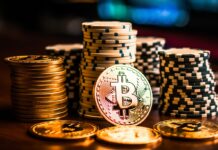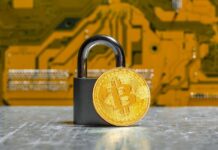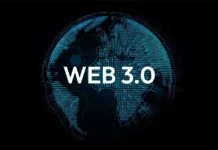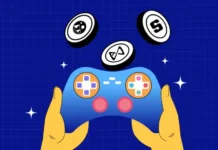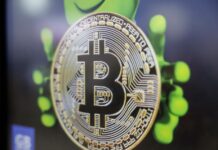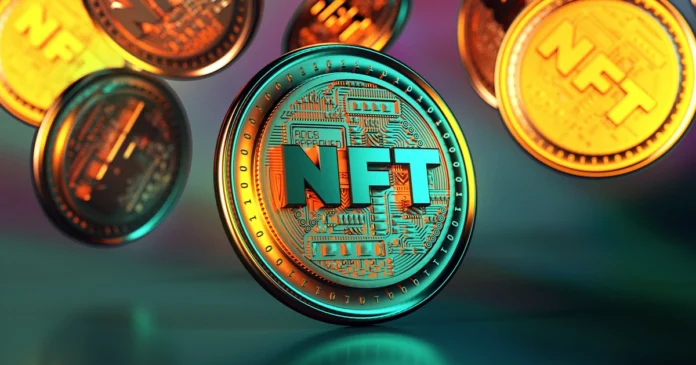
If you’re interested in buying or collecting Non-Fungible Tokens (NFTs), you might be wondering where to start. Fortunately, getting NFTs is easier than you might think. Here are some simple steps to follow:
Step 1: Get a Crypto Wallet
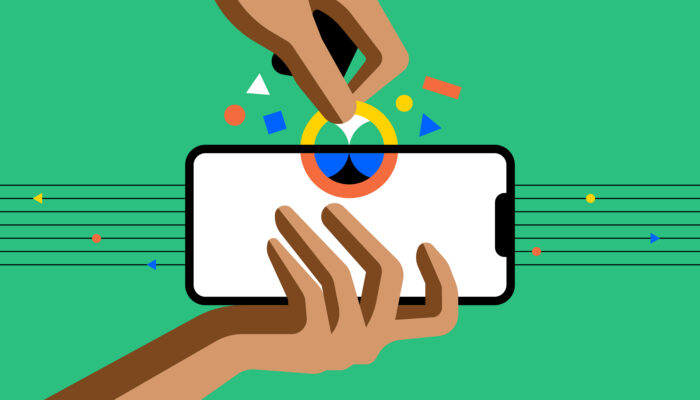
To begin the process of obtaining NFTs, the first step is to acquire a crypto wallet where you can securely store your purchased NFTs. A crypto wallet is a software program designed to store both private and public keys, and it interacts with different blockchains, allowing users to send, receive, and store digital assets, including NFTs and cryptocurrencies.
Numerous wallets are available in the market, such as Trust Wallet, MyEtherWallet, and MetaMask, among others. Since each wallet has its distinct features, it is essential to conduct thorough research to determine which wallet best suits your needs.
It is crucial to ensure that the wallet you select supports the blockchain on which the NFT is based before making a decision. Ethereum is the most frequently utilized blockchain for NFTs, although other blockchains such as Binance Smart Chain, Flow, and Tezos are also gaining prominence.
Step 2: Purchase Cryptocurrency
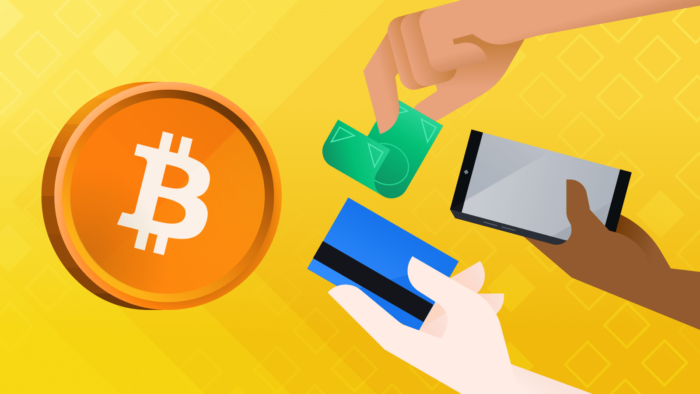
To buy NFTs, you’ll need to have some cryptocurrency. The most commonly used cryptocurrency for NFT purchases is Ether (ETH), which is the native currency of the Ethereum blockchain. You can purchase ETH on a cryptocurrency exchange, such as Coinbase, Binance, or Kraken. These exchanges allow you to buy and sell various cryptocurrencies using fiat currencies like USD, EUR, GBP, and many others.
After creating an account on an exchange, you’ll need to complete the verification process by providing personal information like your name, email address, phone number, and government-issued ID. This process can take a few minutes to a few days, depending on the exchange and your location.
Once you have completed the verification process, you can fund your account by depositing fiat currency or other cryptocurrencies. After your deposit is confirmed, you can buy ETH at the current market price.
Step 3: Find a Marketplace
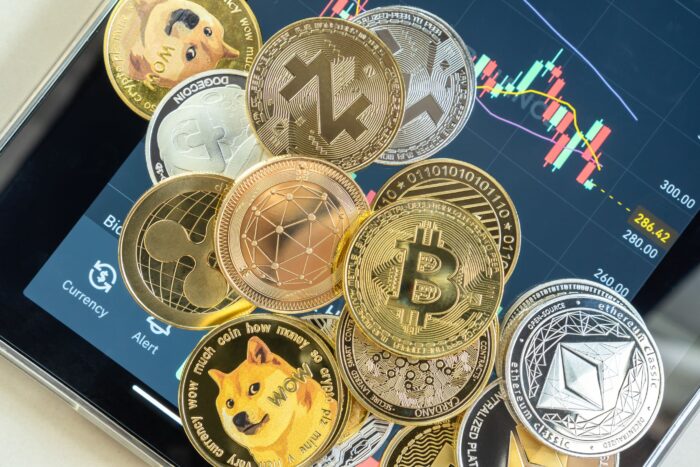
After acquiring cryptocurrency in your wallet, the next step is to search for NFT marketplaces where you can buy and sell NFTs. OpenSea, Rarible, and SuperRare are among the most prevalent NFT marketplaces. Each marketplace has its distinct attributes and assortment of NFTs, so it is recommended to explore multiple marketplaces to determine which one aligns best with your preferences.
OpenSea is the largest NFT marketplace, with over 4 million items sold and over 100,000 daily active users. It supports various blockchains like Ethereum, Polygon, and Flow and offers a wide range of NFT categories like art, gaming, collectibles, music, and sports. OpenSea allows creators to mint their own NFTs and earn royalties on secondary sales.
Rarible is a decentralized marketplace for NFTs that operates on the Ethereum blockchain, enabling individuals to produce, purchase, and sell digital assets. Its platform has a social media-type interface that enables users to follow one another and participate in conversations about NFTs. Additionally, Rarible has developed its own token, RARI, which can be employed for governance and incentivization purposes.
SuperRare is a curated NFT marketplace that focuses on high-quality digital art. It has a rigorous selection process for artists and collectors and offers limited edition NFTs that are authenticated on the Ethereum blockchain. SuperRare also has a social media platform where artists can showcase their work and interact with fans.
Step 4: Browse NFTs
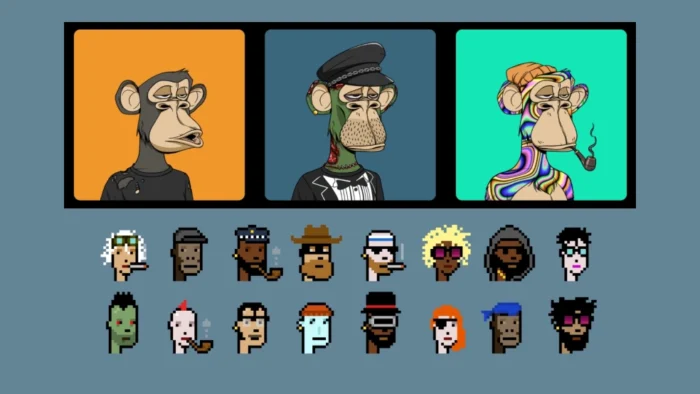
Once you’ve found a marketplace you like, start browsing the NFTs that are available for sale. You can filter NFTs by category, price, creator, and more. Each NFT has a unique identifier, such as a token ID or contract address, that you can use to verify its authenticity on the blockchain. You can also see the current owner, price history, and other details about the NFT.
When browsing NFTs, it’s important to do your due diligence and research the creator and the NFT’s history. Look for reviews and comments from other buyers, and check the creator’s social media profiles and website to see if they have a track record of producing quality NFTs. You should also consider the rarity, uniqueness, and potential value of the NFT before making a purchase. Although you can get free NFT by playing games and trading at Chainers.
Step 5: Buy the NFT
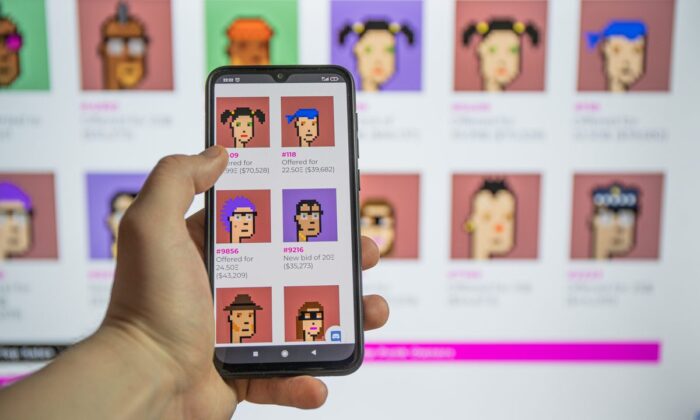
When you’ve found an NFT you want to buy, click on the “Buy” button and follow the instructions to complete the transaction. You’ll be prompted to connect your wallet to the marketplace and confirm the transaction details, such as the price, gas fees, and token ID.
Gas fees are a necessary part of the NFT transaction process, and they can vary widely depending on the blockchain and the current network congestion. Gas fees are paid to the network to process the transaction and confirm it on the blockchain. You can estimate the gas fees using a gas fee calculator or by checking the current gas prices on the blockchain explorer.
After you’ve confirmed the transaction, the NFT will be transferred to your wallet, and you’ll be able to view it on the blockchain. Make sure to double-check that the NFT has been successfully transferred and that the details match what you expected.
Step 6: Manage Your NFTs
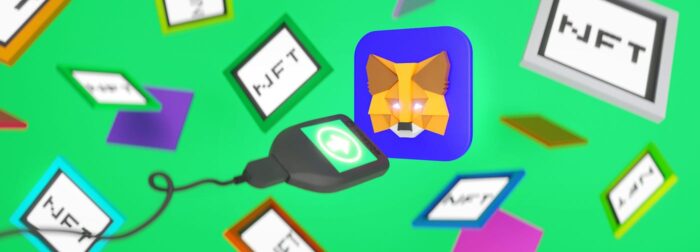
Once you’ve acquired your NFTs, you can manage them in your wallet. You can view your NFTs, transfer them to other wallets, and sell them on a marketplace. Some wallets also allow you to stake or lend your NFTs for potential rewards.
It’s important to keep your wallet secure and back up your private keys in case of a lost or stolen device. You should also consider using a hardware wallet for added security.
Conclusion
Getting NFTs is a straightforward process that involves getting a crypto wallet, purchasing cryptocurrency, finding a marketplace, browsing NFTs, buying the NFT, and managing it in your wallet. While the process may seem intimidating at first, it becomes more familiar with the practice.
Remember to do your due diligence when browsing NFTs and always double-check the transaction details before confirming them. With these simple steps, you’ll be able to start building your own NFT collection and participating in the growing NFT ecosystem.


